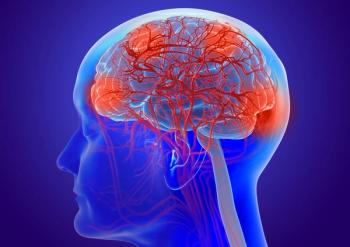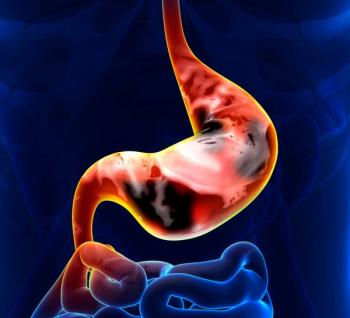
Study Demonstrates a Common Genetic Etiology for LCH, AML, and MF
Researchers examined more than 750 pedigrees of familial hematologic malignancies and found that the same genetic alteration may be responsible for Langerhans cell histiocytosis, acute myeloid leukemia, and primary idiopathic myelofibrosis.
A new
Previous studies have demonstrated that LCH and acute AML are hematopoietic neoplasms and may be the result of the same myeloid precursor cell. Researchers at the Cancer Research Foundation of New York examined more than 750 pedigrees of familial hematologic malignancies for evidence of familial LCH, AML, and/or MF. They discovered one family that had all three neoplasms.
The investigator looked at four generations of one large family and made a rather interesting discovery. They found there were five cases of AML in three generations, two cases of LCH in two generations, and three cases of MF in two generations. As part of their investigation, they also evaluated the transgenerational appearance for anticipation. In this case, anticipation was defined as the expression of a given phenotype.
The study revealed that anticipation of −18 years and −6 years was present in the patients with MF, and −8 years in the patients with LCH. The team also found that anticipation of –18 years was identified between one AML patient pair in generations III and IV. There was also anticipation of –5 years and –10 years found in three patients with AML in generations II, III, and IV.
“We identified this family while quantifying families with familial acute leukemia, and in this family, we found multiple members with acute myeloid leukemia, LCH, and myelofibrosis. We then reviewed literature and identified two recent laboratory investigations demonstrating the hematopoietic origin of LCH,” said study co-author Janice P. Dutcher, who is with the Cancer Research Foundation of New York, New York, New York. “We also found reports of familial LCH (same generation and multi-generation), and familial MF, and the association of LCH and AML in individual patients.”
The researchers said that this is the first report of familial LCH, AML, and MF in one family. The subjects in this investigation provided written informed consent to publish their information anonymously. However, they did not provide consent for tissue acquisition.
It is hoped that further studies will help lead to identifiable genetic mutations. Dr. Dutch said this study is important because it validates other previous laboratory investigations. “Our report documents these diseases in multiple generations and siblings. Thus, our pedigree is confirming of the laboratory findings,” Dr. Dutcher told Cancer Network.
Dr. Dutcher said it is important to continue to record detailed family histories because eventually they may demonstrate newly discovered biology. It is hoped that this line of investigation ultimately will lead to new therapeutic options. “This does not change management at this time,” said Dr. Dutcher.
Newsletter
Stay up to date on recent advances in the multidisciplinary approach to cancer.


















































































